Weird news stories
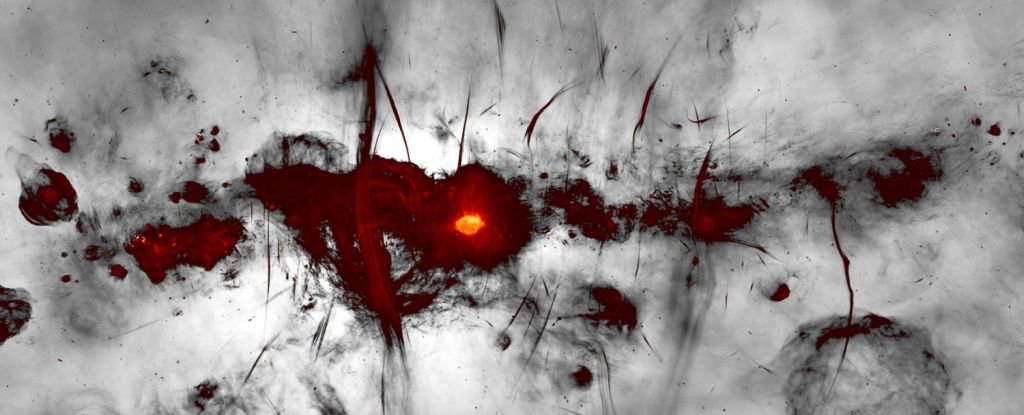
A new image of the heart of the Milky Way is revealing mysterious structures we’ve never seen before.
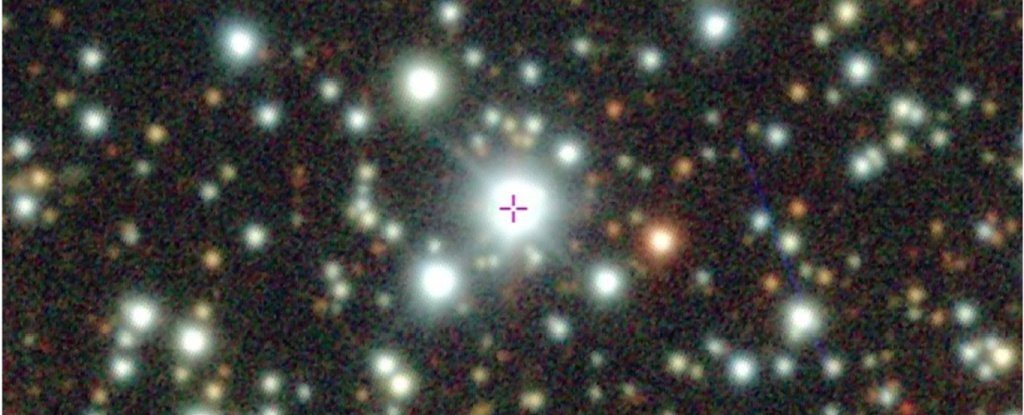
There are a lot of unexplained objects out there in the Universe, and astronomers have just found another one – a strange, dusty object that may be causing its host star to dim by up to 75 percent.
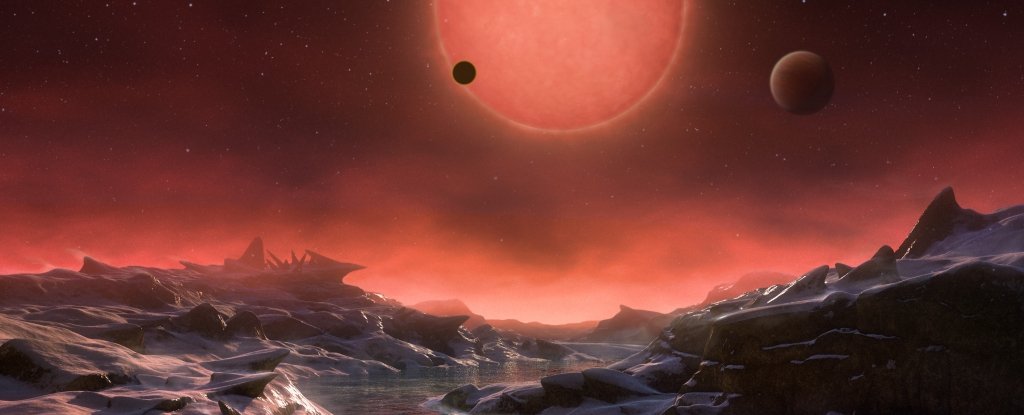
On the grand cosmic scale, our little corner of the Universe isn’t all that special – this idea lies at the heart of the Copernican principle. Yet there’s one major aspect about our planet that’s peculiar indeed: Our Sun is a yellow dwarf.
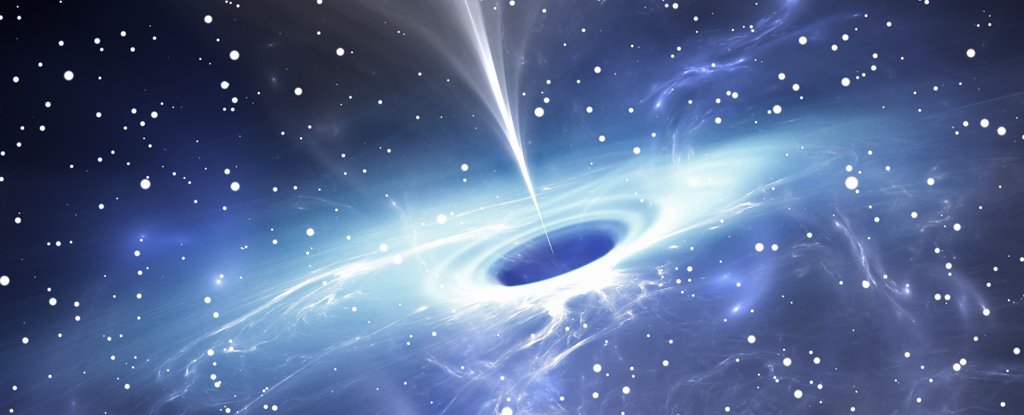
Wormholes, or portals between black holes, may be stable after all, a wild new theory suggests.
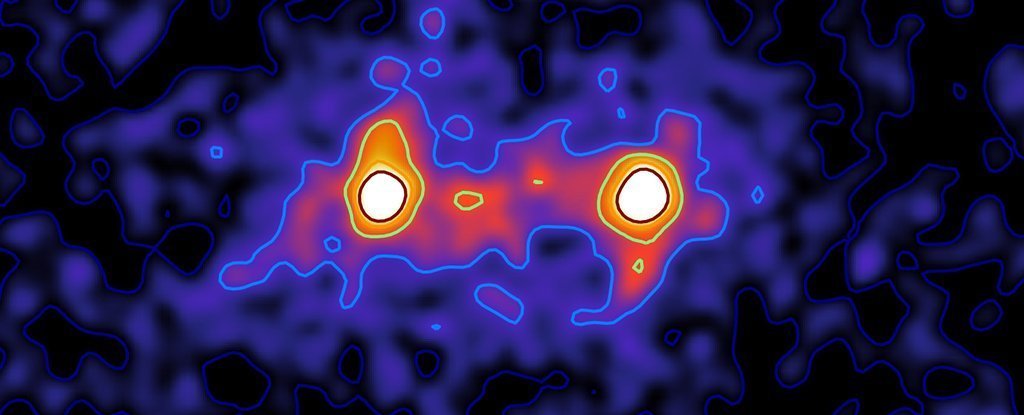
There’s a lot we still don’t know about dark matter – that mysterious, invisible mass that could make up as much as 85 percent of everything around us – but a new paper outlines a rather unusual hypothesis about the very creation of the stuff.
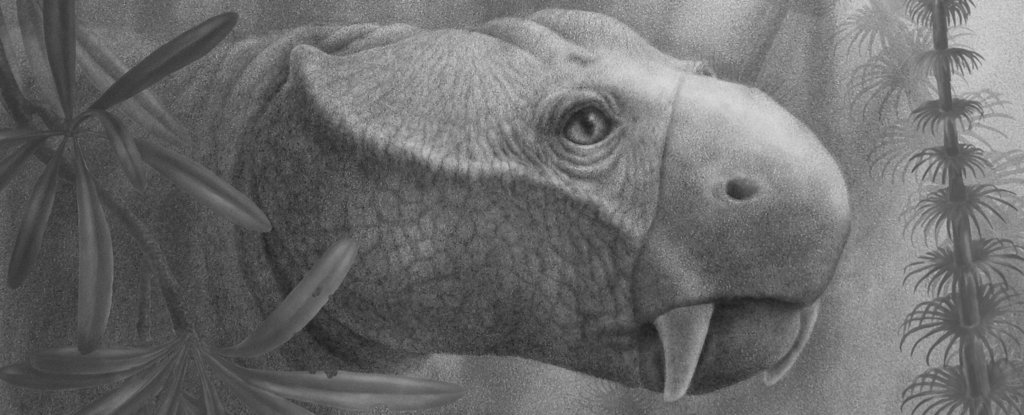
Stick a turtle’s beak on a baby hippo. Then twist its front legs so they stick out to either side, but keep its back legs straight. And give it tusks. Presto, you have something that looks a little bit like a prototype mammal-like animal that walked the planet hundreds of millions of years ago.
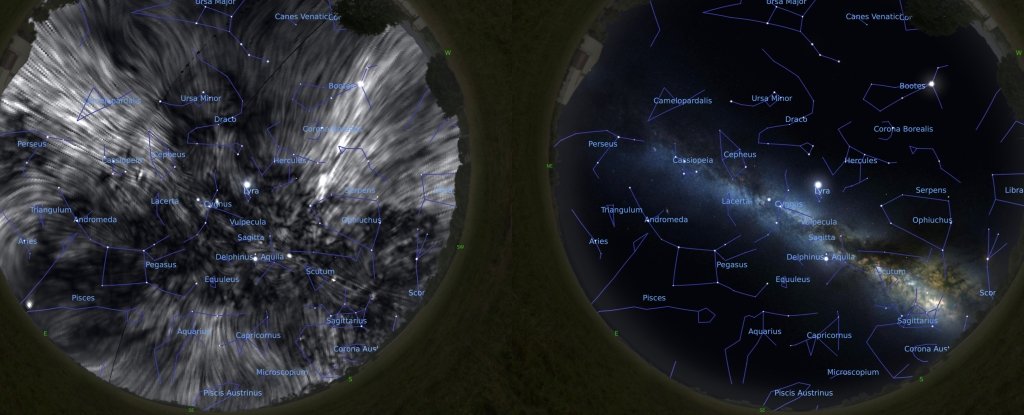
Mysterious structures in the sky that have puzzled astronomers for decades might finally have an explanation – and it’s quite something.
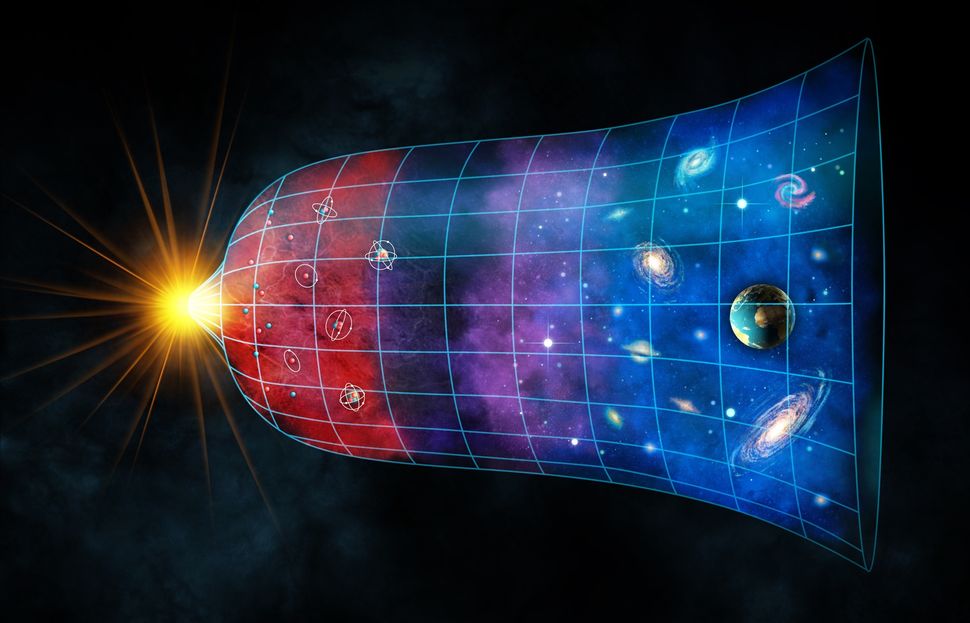
In the beginning, there was … well, maybe there was no beginning. Perhaps our universe has always existed — and a new theory of quantum gravity reveals how that could work.
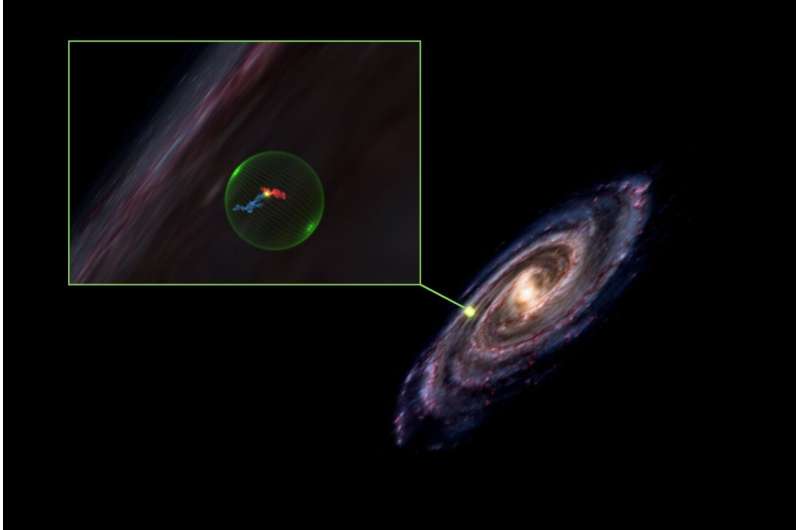
Astronomers analyzing 3D maps of the shapes and sizes of nearby molecular clouds have discovered a gigantic cavity in space.

The Pentagon has been quietly investigating unidentified flying objects since 2007. The fact that they think they might exist is good news to those who claim to have seen them.

Scientists spot giant feature at edge of the galaxy.
Scientists create an exotic form of matter using ultracold gases of highly magnetic atoms.

Scientists have found two huge, red objects in the asteroid belt that they believe are not supposed to be there – both of which have “complex organic matter” on their surfaces.

Astronomers have detected light coming from behind a black hole for the first time, proving Albert Einstein right, yet again.

Lucid dreaming, in which people are partially aware and can control their dreams during sleep, could explain so-called alien abduction stories, a study suggests.
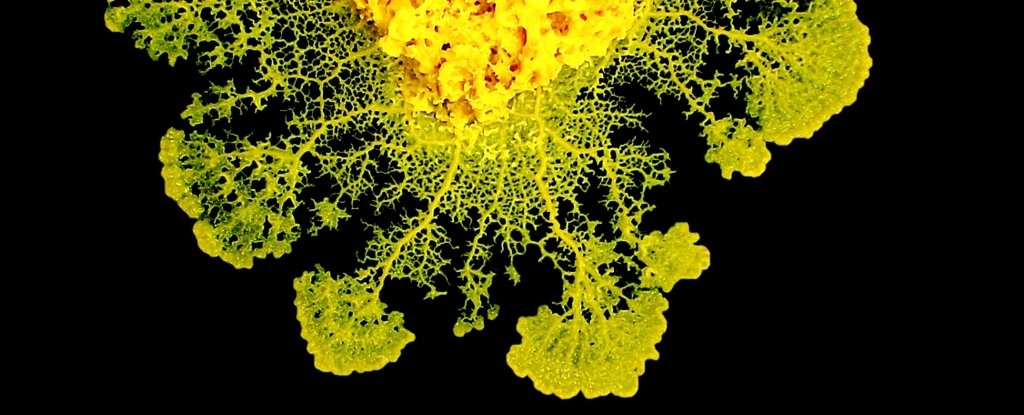
This bizarre little organism doesn’t have a brain, or a nervous system – its blobby, bright-yellow body is just one cell. This slime mold species has thrived, more or less unchanged, for a billion years in its damp, decaying habitats. And, in the last decade, it’s been changing how we think about cognition and problem-solving.








